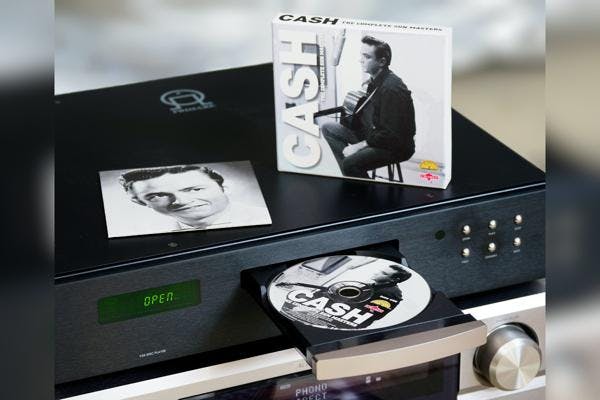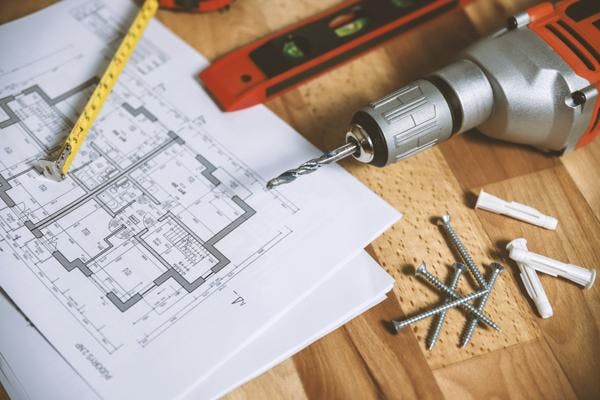
Unleashing the Value: Pawning Snap-on Tools at Pawn Shops
Many pawn shops pay top dollar for good condition tools and equipment.

Pawn shops display three gold balls suspended by a bar in their signs and logos. The use of the three gold balls for pawn shop store signs dates back several centuries to the European Middle Ages. Today it is common to see this symbol used in pawn shops across the world.
The use of symbols hanging in front of stores dates back to the time when many people could not read and write. Stores used the symbology to associate their business with a type of trade. Other industries that use symbology include hospitals (crosses) and barber shops (barber poles).
Early European pawn shops often hung a signpost in front of their shop with the three balls. Today, some pawn shops carry on this tradition.
While the history of pawnbrokers dates back thousands of years, the use of three gold balls for pawn shop signs traces its origin back to the European Middle Ages. The exact origin of the three gold balls pawn shop symbol is unknown, but the most commonly accepted explanations relate to Lombard banking and the rich Medici family of Italy.
Medieval Lombard merchants used the three golden spheres as a sign in front of their businesses. The golden spheres were said to represent Byzantine coins. Over time, the coins were changed to balls or spheres so they would be more visible to street pedestrians. The display of three gold coins in front of a pawn shop makes sense - it conveys a form of money exchange.
Pawn shops and the term Lombard share a strong historical connection. In Europe, pawn shops were often called Lombards. Also, Lombard Street in London is a street known for the merchant, banking, and insurance industries. The street’s history goes back to Medieval times.
The Medici family, also known as the House of Medici, became one of the most wealthy and powerful families in Europe during the 13th. The family originated in Florence, Italy, and it gained its wealth through commerce and banking. The Medici family included four Catholic Popes (Leo X, Clement VII, Pius IV, and Leo XI), and the family intermarried with European royalty.
The number of balls on the Medici crest changed over time. Originally there were 12 balls featured on the Medici crest. Over the years the crest changed. Cosimo dé Medici’s crest featured seven balls. The family crest displayed in San Lorenzo’s Sagrestia Vecchi features eight balls. Cosimo I’s tomb in the Cappelle Medicee features five balls. Ferdinando I’s coat of arms in the Forte di Belvedere features six balls.
The patron saint of pawnbrokers is Saint Nicholas - the same saint commonly associated with Santa Claus. Another version of the pawn store symbol history is that Saint Nicholas gave three bags of gold to a poor man for each of his daughters during a time of financial hardship so that they could become married.
Saint Nicholas
became associated with the pawnbroker industry when Pope Julius II gave an edict
in the year 1514 endorsing montes pietatius
, early forms of pawn shops in Medieval Europe run by
Franciscan friars. These early pawn shops provided necessary support to European peasants.
Pawn shops in the Medieval ages played a critical role in helping peasants access money.
Today many, but not all, pawnbrokers around the world feature a variation of the three balls in their logos and store signs. Modern pawn shop logos often change the colors of the balls and the shape of the bar holding the balls.
💬 Be the first to leave a comment

Many pawn shops pay top dollar for good condition tools and equipment.

Learn how to sell your good condition designer sunglasses to pawn shops

Learn how you can exchange Christmas gifts at pawn shops for cash

Learn how to get the most money at pawn shops for your rare Pokémon Cards.

Many pawn shops still buy and sell DVDs and DVD players. Learn how much money pawn shops will offer.

Pawn shops are an essential part of the economy. Learn how you can start a profitable pawn shop in your local region.